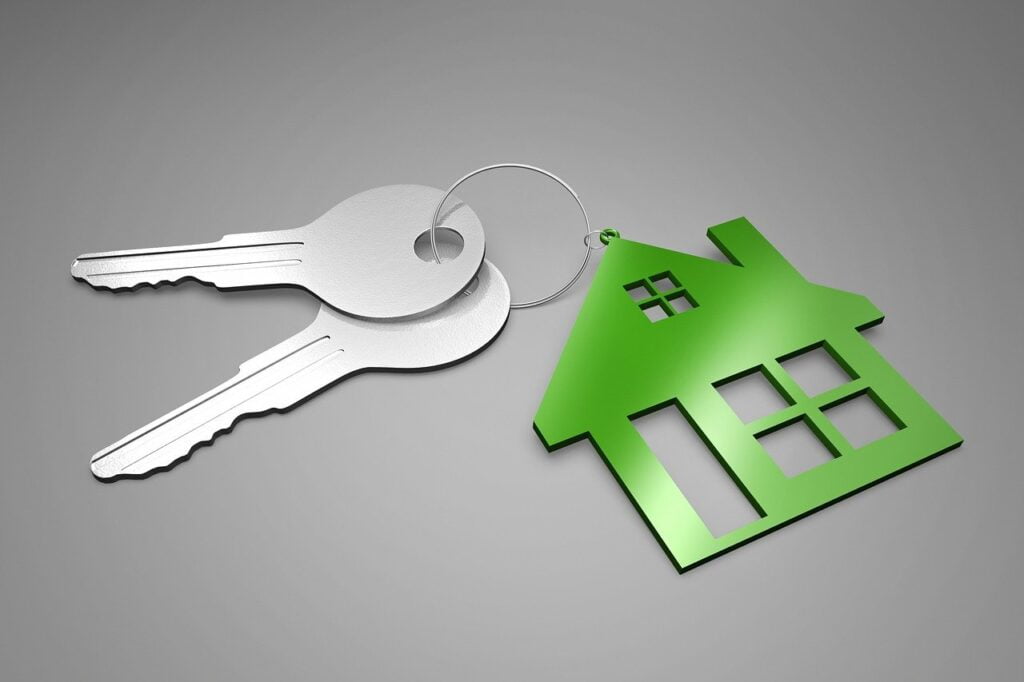Last updated on December 9th, 2024 at 10:51 am
Since its inception, the RWA narrative has been gaining traction due to several developments, partnerships, and big players in the crypto space spreading the buzz.
If you’re a newbie in the space or this is the first time you’re hearing the word “RWA narrative,” it’s very vital that you understand this term before it finally becomes the word on everyone’s slips.
The lack of clarity surrounding the RWA narrative in crypto creates confusion, and without a clear understanding of this trending narrative pushing the market, investors might get misinformation or market manipulation leading to losses.
This article details every bit of the RWA narrative and everything you should know to stay informed. We’re going to be talking about its inception, benefits, challenges, futures, and more.
What is RWA, and its narrative?
The term RWA is an abbreviation of real-world assets. RWA are digital currencies that represent physical or traditional financial assets, and these assets include currencies, commodities, equities, bonds, credit, stocks, properties, and others.
You might imagine why we create digital assets for properties, commodities, e.t.c. They were created just to tokenize the right of ownership for these physical assets or currencies. This enables on-chain management of these physical assets rights of ownership.
Moreover, real-world assets benefit from liquidity, transparent on-chain management, and also bring down traditional friction compared to traditional assets.
The RWA narrative is seen as a way to make the cryptocurrency market more accessible to institutional investors, who have been hesitant to enter the market due to regulatory uncertainty and concerns about volatility.
By backing digital assets with real-world assets, investors hope to reduce risk and increase the stability of the cryptocurrency market.
Also check out: 22 Coins To Buy Now Before The Next Crypto Bull Run In 2024
Moreover, the RWA sector has seen significant growth in recent years, with the total value locked (TVL) in RWA protocols increasing from below $1 billion in 2023 to $5.5 billion by the end of the year, which sounds amazing.
The two largest protocols, Maker RWA and stUSDT, collectively account for slightly over $5 billion within the industry.
What are the benefits of RWAs in DeFi?
Why are RWAs trending and making waves in crypto space? Does it mean it has a lot of potential? This has been the question everyone has asked. Now let’s look at the several benefits of RWAs:
- RWAs can help stabilize on-chain yields by taking advantage of the inverse relationship between on-chain and off-chain interest rates. This can create a steadier rate environment, reducing cyclicality in yields and revenues.
- RWAs can be used within existing DeFi protocols to improve the stability and efficiency of on-chain products and services. For example, RWAs can be used as collateral for stablecoins, improving the stability of these assets.
- RWAs can be used to create new yield products for end-users, such as tokenized bonds and real-world asset-backed stablecoins.
- RWAs can be used as a treasury management tool to bolster DAO revenues, helping to fund continued protocol development.
- RWAs can provide a more diversified investment portfolio, as they are not subject to the same volatility as cryptocurrencies.
- As DeFi lending grows, individuals and businesses may rely less on traditional banks, potentially reducing the importance of RWAs.
- DeFi’s liquidity pools offer an alternative to traditional banks for managing funds, potentially improving financial stability.
- DeFi lending allows borrowers in emerging markets to access on-chain capital while using off-chain assets as collateral, providing lucrative yields for lenders.
- RWAs can help DeFi platforms comply with regulatory requirements, as they are often subject to established regulatory frameworks and trading histories.
- Tokenizing RWAs can streamline transactions, expedite processes, and reduce costs, making them more efficient and cost-effective than traditional asset transfers.
- The fusion of RWAs with smart contracts can lead to novel investment tools and mechanisms, such as automated rent collections, dividend disbursements, and stakeholder voting processes.
Challenges and Considerations of RWAs

Real-world asset (RWA) tokenization is the process of converting physical assets into digital tokens that can be traded on a blockchain. This process has the potential to unlock new opportunities for asset ownership, share revenue streams, and increase liquidity for assets that were previously illiquid or non-commercial.
However, there are several challenges and considerations to keep in mind when dealing with the RWA:
- Legal and regulatory compliance: It is crucial to ensure that the tokenization of an asset complies with all relevant laws and regulations in the jurisdiction where the asset is located. This may involve seeking regulatory approval and undergoing compliance procedures to ensure that the digital tokens issued are legally recognized and enforceable.
- Valuation and auditing: Accurately valuing and auditing RWAs is essential to determining the fair market value of the tokenized asset. This process may involve assessing the asset’s ownership, clear title, and existing partnerships to ensure that the tokenized asset is a true representation of the underlying asset.
- Custody and security: Ensuring the secure custody of the physical asset is essential, as it forms the basis of the tokenized asset’s value. This may involve working with trusted custodian services and ensuring that the blockchain network and tokenization platform are secure and reliable.
- Governance and trust: Establishing clear governance structures and trust mechanisms is essential to ensuring that the tokenized asset is managed and operated in a transparent and fair manner. This may involve assigning roles to different accounts and implementing features like freezing and clawback to facilitate compliance setups commonly seen in regulated industries.
- Interoperability and scalability: Ensuring that the tokenized asset can be easily integrated into decentralized finance (DeFi) ecosystems and other blockchain networks is essential for its wide adoption. This may involve addressing technical issues like ensuring the playground is big enough for everyone and overcoming potential smart contract bugs and vulnerabilities.
- Fragmentation of ownership: Tokenization may involve dividing the asset into fractions, which could lead to fragmented ownership. This could potentially create challenges in terms of decision-making and management of the asset.
- Market liquidity and demand: For a tokenized asset to thrive, it is essential that there is sufficient market liquidity and demand for the asset. This may involve creating a secondary market for the tokenized asset and ensuring that it is accessible to a wide range of investors.
While RWA tokenization offers significant benefits, it also presents several challenges and considerations that must be addressed to ensure the successful adoption and operation of tokenized assets.
The Future of RWAs

The future of real-world assets (RWAs) is promising, as they are expected to play a significant role in bridging the gap between the traditional financial market and the crypto market. RWAs are tokens that represent physical assets, such as real estate, commodities, or even art, and are stored on a blockchain through smart contracts.
This tokenization process can enhance liquidity, accessibility, and efficiency for various asset types, including real estate, carbon credits, and company assets like inventory and intellectual property.
One of the key benefits of RWA tokenization is the potential for fractionalization, which allows assets to be divided into smaller tokens and traded as fractions. This can make it easier for smaller investors to participate in the market and can lead to further price discovery.
Additionally, RWAs can provide improved transparency and immutability, as well as cost efficiency in asset transfer, settlement, and compliance.
Also read: Protect Your Crypto Assets: How to Securely Store Cryptocurrency on a USB Drive
However, there are also challenges and risks associated with RWAs. Security is a major concern, as the market has had a controversial experience with assets representing real-world assets, and there are potential smart contract bugs and vulnerabilities. Each contract must be thoroughly audited by a proper third-party auditor company to ensure security.
Despite these challenges, the potential of RWAs is significant. The total addressable market for RWA tokenization is estimated to reach between $10 and $15 trillion by the end of the decade, and this may be an underestimation.
As technology and the market mature, RWAs are expected to have a profound impact on various industries, including investing, asset management, manufacturing, real estate, and even art.
The future of real-world assets is one of increased liquidity, accessibility, and efficiency, as well as the potential for fractional ownership and improved transparency.
However, security and regulatory frameworks will be crucial for the widespread adoption of RWAs. Moreover, the RWA narrative is gaining traction daily, and while some giant tech companies and builders are leveraging RWAs, will this narrative end? Kindly drop your opinion in the comments section below.




